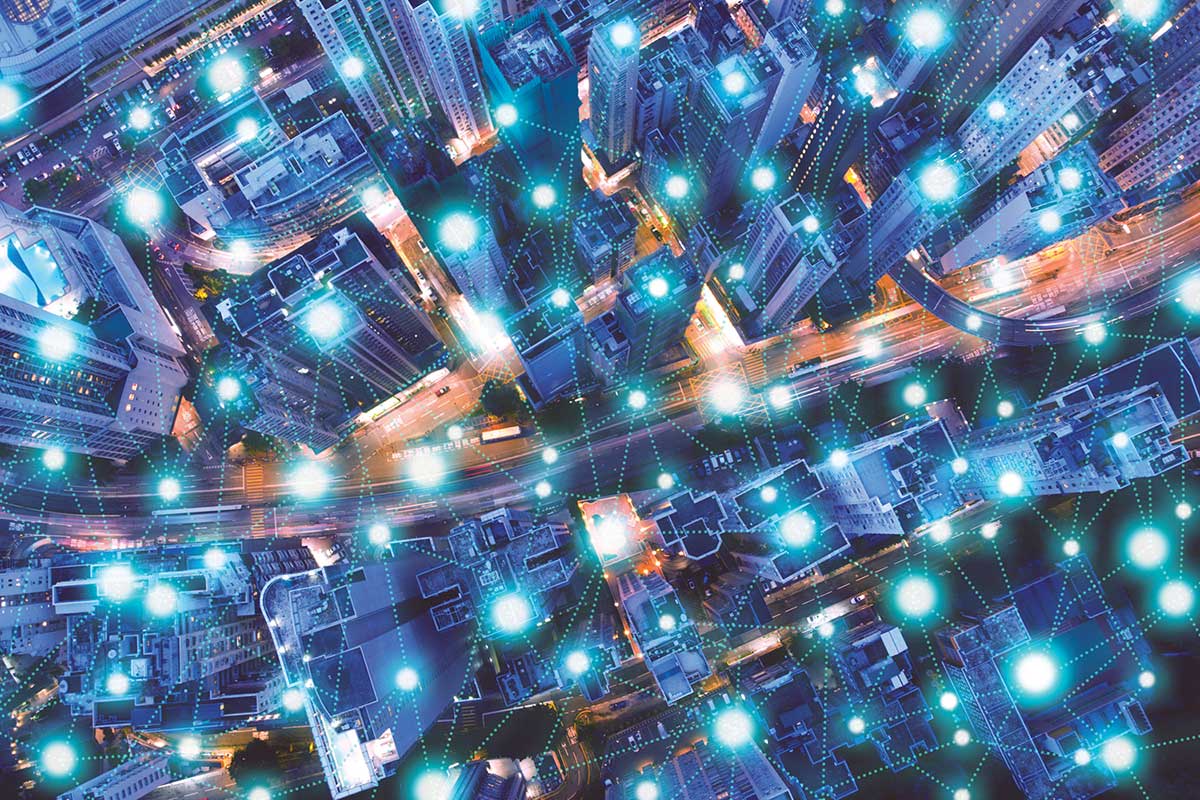As the definitive safety standard for more than a century, the National Electrical Safety Code® (NESC®) continues to be the go-to standard for electric and telecom utility companies of all sizes and ownership of structures. Within the utility environment, the NESC is used by a myriad of users, including business leaders, operations management, engineering and line designers, crew supervisors, safety trainers, and others. The 2023 version, edited by the IEEE Standards Association (IEEE SA), will be published in August 2022 and will become effective on February 1, 2023.
by Nelson G. Bingel III, Chairman, NESC, and Dr. Lawrence M. Slavin, Contributor, NESC
Purpose and Format
Published exclusively by IEEE SA and typically updated every five* years to keep the Code current with changes in the industry and technology, the NESC sets the ground rules and guidelines for the practical safeguarding of utility workers and the public during the installation, operation, and maintenance of electric supply, communication lines, and associated equipment. (*This time around, the COVID-19 pandemic caused a delay in the typical release cycle)
Like previous versions, the 2023 edition will be available in digital, printed, e-Learnings, and mobile-app formats. The edition consists of initial sections covering scope, purpose, and grounding methods, followed by sections that include specific rules for electric supply stations, overhead lines, underground lines, and safety-related work practices.
A companion document, the 2023 NESC Handbook, will be published at the same time as the Code. The Handbook includes all of the rules of the code but also provides insights and commentary on the rules and how to apply them from the experts who helped develop the Code. The new handbook format will be more user-friendly, as the handbook text is interspersed with the code rules to include historical notes and provide context for revisions and additions. The previous edition of the handbook, the 2017 edition, is available in Spanish and Chinese, and the 2023 handbook will be translated in the near future.
2023 NESC Highlights
Revisions in the 2023 NESC are intended to provide clarity and ease of use, which ultimately point back to its purpose – safety. Goals of the revision process include modernizing and keeping the Code relevant, making it more intuitive and easier to understand, and accommodating the emergence of new technologies such as solar and wind energy, distributed energy/microgrids, battery technologies, energy storage, and wireless small cell networks.
Online e-Learning courses, originally introduced with the 2017 edition, will be updated to include the new changes on grounding methods, electric supply stations, overhead lines – clearances and strength & loading, underground lines, and work rules. The new courses will be available on August 1, 2022.
Before diving into some of the Code revisions, notable changes have been made to units of measurement intended to help prevent mistakes in applying the safety rules. All stand-alone tables for metric measurements will be removed from the main code body and moved to Annex 1. For tables that include both English and metric values, the revised Code presents numerical values in the customary “inch-foot-pound” system first and the corresponding metric values following in parentheses. These and other changes were introduced to help prevent users from making serious errors caused by misreading a value as being metric when, in fact, they are U.S. values.
A few notable revisions to the Code include:
- In the Clearances section, as well as in the specification of the Grade of Construction in Table 242-1, the Code further clarifies the use of non-hazardous fiber optic cables as telecom providers continue to expand their networks.
- Revisions in the Strength & Loading sections include modified Rule 250C, which addresses extreme wind loading for overhead lines. Two wind maps are now provided instead of the previous single one. A map for Grade B, the highest grade of construction, with a Mean Recurrence Interval (MRI) of 100 years (corresponding to a one percent annual probability of occurrence) is provided in place of the previous 50–90-year MRI map. For Grade C construction, a separate 50-year MRI (two percent annual probability of occurrence) map is now provided. In the previous Code, a factor was applied to the 50–90-year MRI map for application to Grade C. Changes were also made to the method of determining the corresponding wind loads, consistent with the latest engineering practices.
- As an example of a Code revision focused on public safety, the ground end of all anchor guys adjacent to regularly traveled pedestrian thoroughfares, such as sidewalks, and similar places where people can be found must include a substantial and conspicuous marker to help prevent accidents. The previous Code did not require the marking of every such anchor guy.
Addressing Recent and Emerging Technologies
Just as it has done for more than a century, the NESC is continuously evolving and being refined to embrace new technologies. Today, this includes emerging technologies such as solar and wind energy, distributed energy/microgrids, batteries and energy storage, and wireless small cell networks – while addressing both the opportunities and any safety issues they present. The potential impacts of recent and emerging technologies are reflected in the new Code, including the following:
- Significant revisions were made in Section 14 covering batteries. Previous editions of the code were based on lead-acid technology and batteries only used for backup power. The 2023 Code incorporates the new battery technologies and addresses energy storage and backup power.
- A new Section 19 of the code covers photovoltaic generating stations, with sections addressing general codes, location, grounding configurations, vegetation management, DC overcurrent protection, and DC conductors. These new rules accommodate large-scale solar power projects.
- In the Clearances section, all rules for wireless antenna structures have been consolidated in the equipment section (Rule 238 and 239), which makes the Code more user-friendly.
To further address new technologies in subsequent editions of the Code:
- A new subcommittee was created focusing on generating stations, with the original subcommittee continuing to address substations.
- A working group is investigating Fault Managed Power Systems (FMPS) cables as the technology may be used for 5G networks. The team is looking at possible impacts, including clearances and work rules.
These are just a few of the highlights of the 2023 NESC, which is the product of hundreds of contributors and peer reviewers and the careful editing of the IEEE Standards Association. For more information, please visit standards.ieee.org to learn more information about the NESC and NESC Products. We welcome you to join our efforts by joining the NESC!















Find Us on Socials